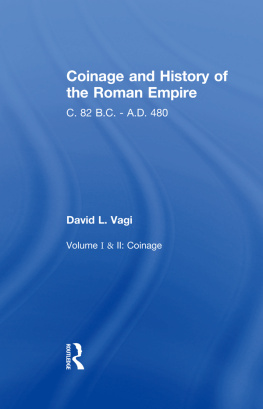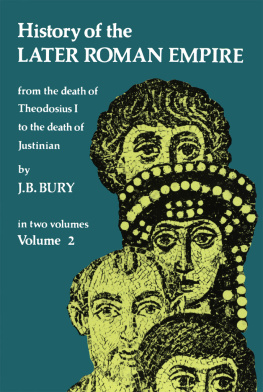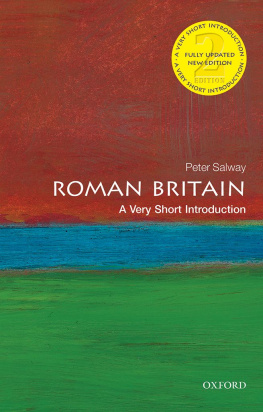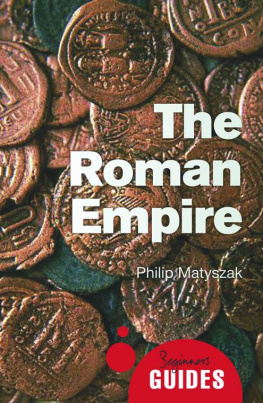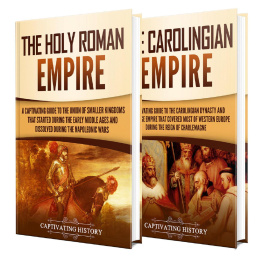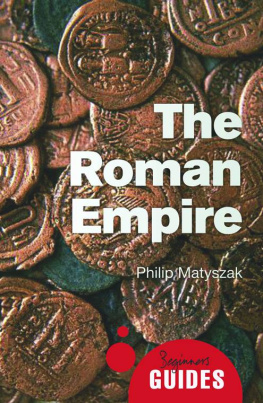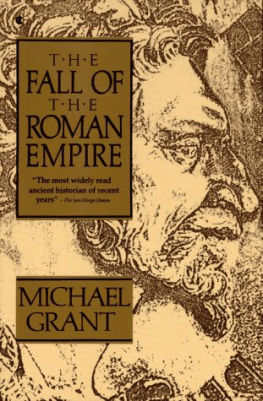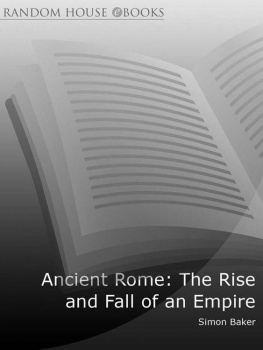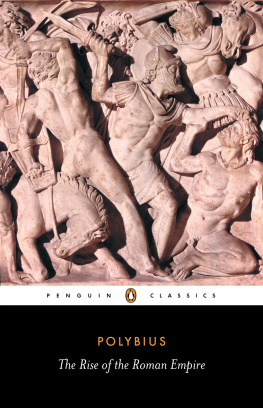Congratulations on purchasing World War II: From Beginning to End , the best concise history of that epochal conflict.
Your selection of this book demonstrates a rare seriousness. You recognize the need to study history, for to ignore it is to repeat it. Yet you also recognize the time constraints imposed by modern life. There is no shortage of massive tomes covering every aspect, even the most trivial, of World War II. Volumes that take months to read and can double as doorstops after youve given up in frustration.
You have wisely chosen a different route to knowledge about the conflict we now call The Good War: a readable, surprising, fact-filled history that concentrates solely on the characters, countries, and battles that determined the outcome of the war. No filler. No padding. No meandering asides about ultimately unimportant people and events. In World War II: From Beginning to End , youll discover the reasons for the wars launch, and gain appreciation for the sacrifices made to bring it to a close.
Can a history as concise as this one still offer surprises? Oh, yes. Dont believe me? Just turn the page and begin. Surprises await you in the first paragraphs. Think you already know how World War II began?
Prepare to be astonished...
Chapter One: The Match Is Lit
Dusk.
The German side of the border with Poland.
Seven German soldiers in Polish uniforms moved quickly through the encroaching darkness towards the Gleiwitz radio station, its 111-foot wooden tower dominating the twilight landscape.
The German soldiers had brought guns.
They also had brought a man who would become the first victim of World War II.
The soldiers stopped outside the station doors and turned to their unit leader, Alfred Naujocks, for the signal. It was August 31, 1939. The deception they were now undertaking, and the murder they would soon commit in the cool of the evening, would lead, they knew, to the invasion of Poland the following daythe stated goal of the entire operation.
Naujocks paused. Then nodded.
The German soldiers burst into the radio station and immediately overpowered the three engineers on duty. One can only imagine the confusion that reigned as they tried to make sense of the bizarre scene playing out before them: fellow Germans dressed as Polish soldiers, guns raised, barking orders.
One of the German soldiers, Karl Hornack, spoke fluent Polish. He grabbed a station microphone, flipped a switch, and shouted a lie that would lead to war: Uwage! Tu Gliwice. Rozglosnia znajduje sie w rekach Polskich . (Attention! This is Gleiwitz. The broadcasting station is in Polish hands.)
Outside, on the stations front steps, the German soldiers shoved Franciszek Honiok back a few feet and looked at him with satisfaction. The man was a 43-year-old German Catholic, a farmer known locally as sympathetic towards Poles. The Germans had arrested him the day before with plans for bringing him along this night. They had dressed him in a Polish soldiers uniform. He would be their proof of a Polish insurgency on the German side of the border.
One of the soldiers walked up to Honiok, raised a pistol, and shot the innocent man in the face.
Over the course of the next few hours, the fabricated official story solidified and spread, just as the Nazis had planned: militant Poles had crept across the border and, with the help a German traitor, Franciszek Honiok, attacked a German radio station.
The German Chancellor, Adolph Hitler, would use this false flag event as the pretext for invading Poland the following day.
Thus, World War II began with a lie, and with an innocent German farmer dead on a radio stations front steps.
Why Poland?
The question immediately presents itself: Why was Adolf Hitler so anxious to invade Polandso anxious, in fact, that he tasked others with crafting a deliberate lie to justify his invasion?
The answer is, in a word, lebensraum .
Lebensraum , or living space, was the Nazi concept of territorial expansion. The Nazi party that ruled Germany promoted the racist idea of Aryan superiority. Germans, according to this line of thinking, were racially and culturally superior to the other, more decadent countries that surrounded it. This alleged superiority granted Germany the right to annex and dominate, with impunity, regions and countries it deemed weak and unworthy. The inferior populations of these countries would be systematically starved to death or deported, and eventually replaced with Germans. Thus, it was hoped by the Nazis, that Germany would conquer Europe without recourse to a wider war.
The Soviet Question
Germany inaugurated its lebensraum policy by annexing Austria in 1938, then the Sudetenland and Czechoslovakia in 1939. These aggressions had produced no significant responses from the worlds major powers, and Hitler had hoped that his planned invasion of Poland would likewise yield no protests.
For the leader of Germany, the only question mark was the leader of the Soviet Union, Joseph Stalin. The Soviet Union bordered Poland in the east, and Stalin most likely would not want Germany invading a buffer state. To prevent the Soviet Union from coming to Polands aid, Hitler convinced Stalin to sign a non-aggression pact: in exchange for not aiding Poland, Hitler agreed to give half the conquered country to Stalin. The pact was signed August 23, 1939one week before the invasion.
Hitlers Miscalculation Leads to World War
His invasions of Austria and Czechoslovakia having provoked little protest from other countries, and with Stalin neutered by a non-aggression pact, Adolph Hitler assumed that his armies would roll into Poland on September 1, 1939, with little outside protest.
He assumed wrongly.
Two days later, on September 3, 1939, France and Great Britain declared war on Germany, and World War II officially began.
Invasion and Swift Victory Over Poland
The Germans employed a strategy known as blitzkrieg a swift, intense invasion by overwhelming forces that divides and scatters the opposition. A modern analogue might be the shock and awe campaign that inaugurated the American military invasion of Iraq in 2003.
The Poles fought valiantly but were no match for the vastly superior German war machine. Consider the lopsided numbers:
- The German army boasted 1.5 million soldiers; the Polish army numbered only 500,000.
- The German air force launched 2,500 aircraft against the Poles 600.
- The Germans rolled 2,400 tanks into Poland; the Poles met them with just 880.
Given such imbalances, it should not be surprising that the German forces made relatively short work of the Polish defenses. Germany effectively eliminated the Polish air force within the first two days of the conflict, and by the end of the wars first week, German troops were approaching the outskirts of Warsaw, the Polish capital.
Russia Enters the Fray
On September 17, Soviet forces crossed into Poland from the east. The Polish forces, already outnumbered, were now battling two nations on two frontsan impossible task for so small an army.
Ten days later, on September 27, Warsaw surrendered to German forces. Poland woke to find itself partitioned, with Nazi Germany controlling the west, and Soviet Russia controlling the east.
The war was less than a month old.
Chapter Summary
- On August 31, 1939, Germany staged an attack on its own Gleiwitz radio station, falsely claiming it had been the work of Polish insurgents. Adolph Hitler used the staged attack as a pretext for invading Poland the following day.


